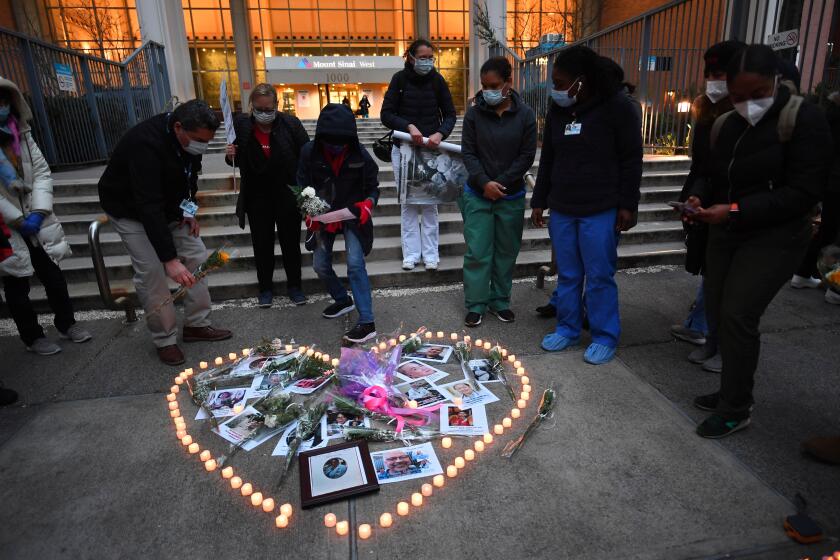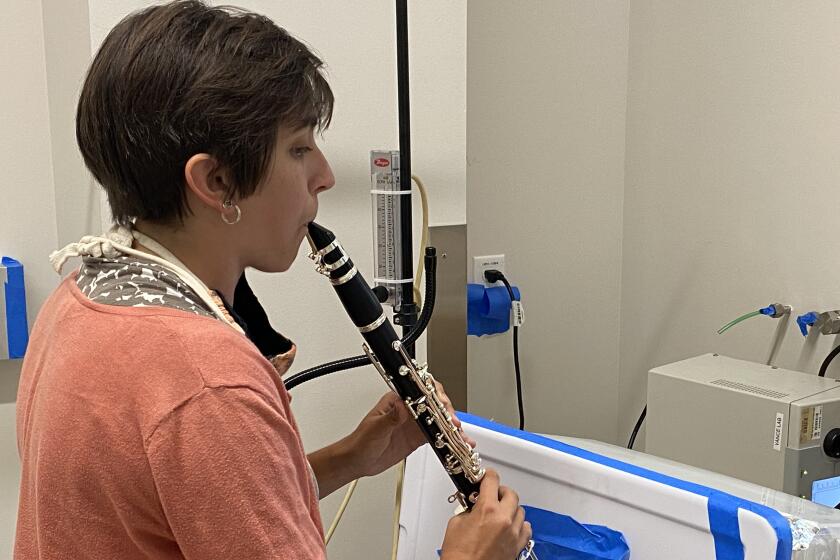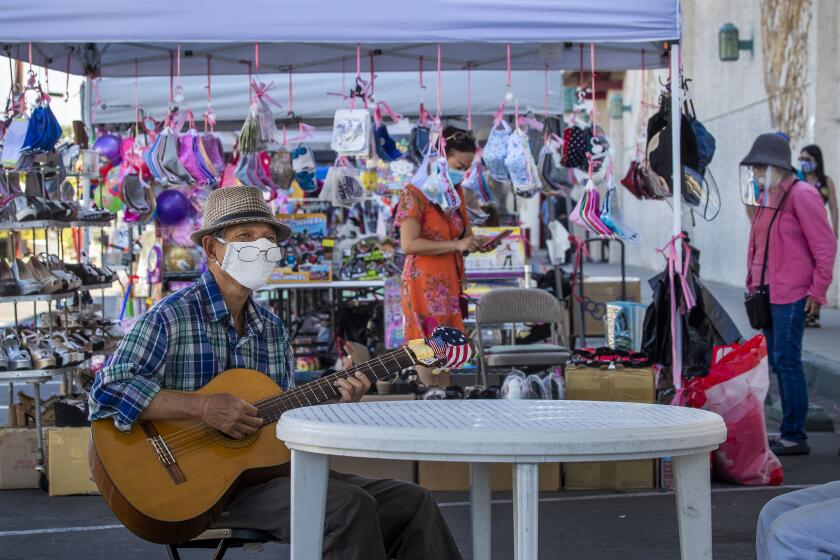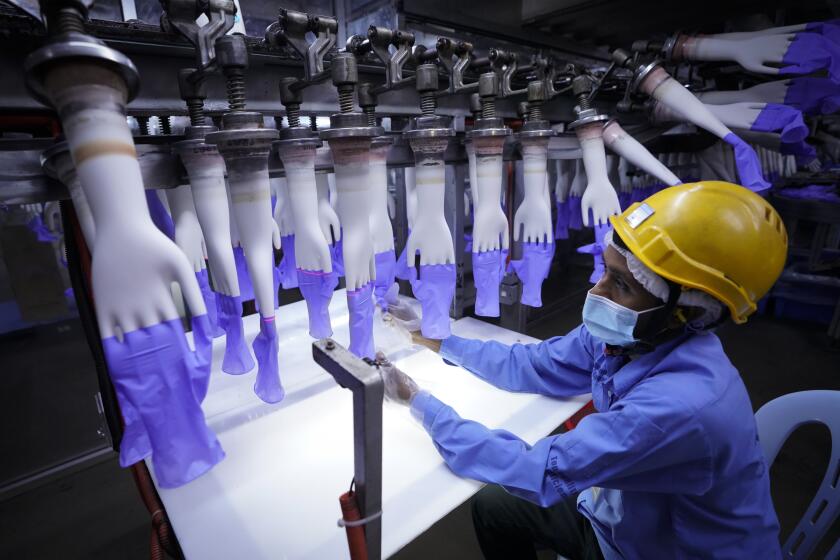Sweden has escaped a second coronavirus wave so far. The question is why
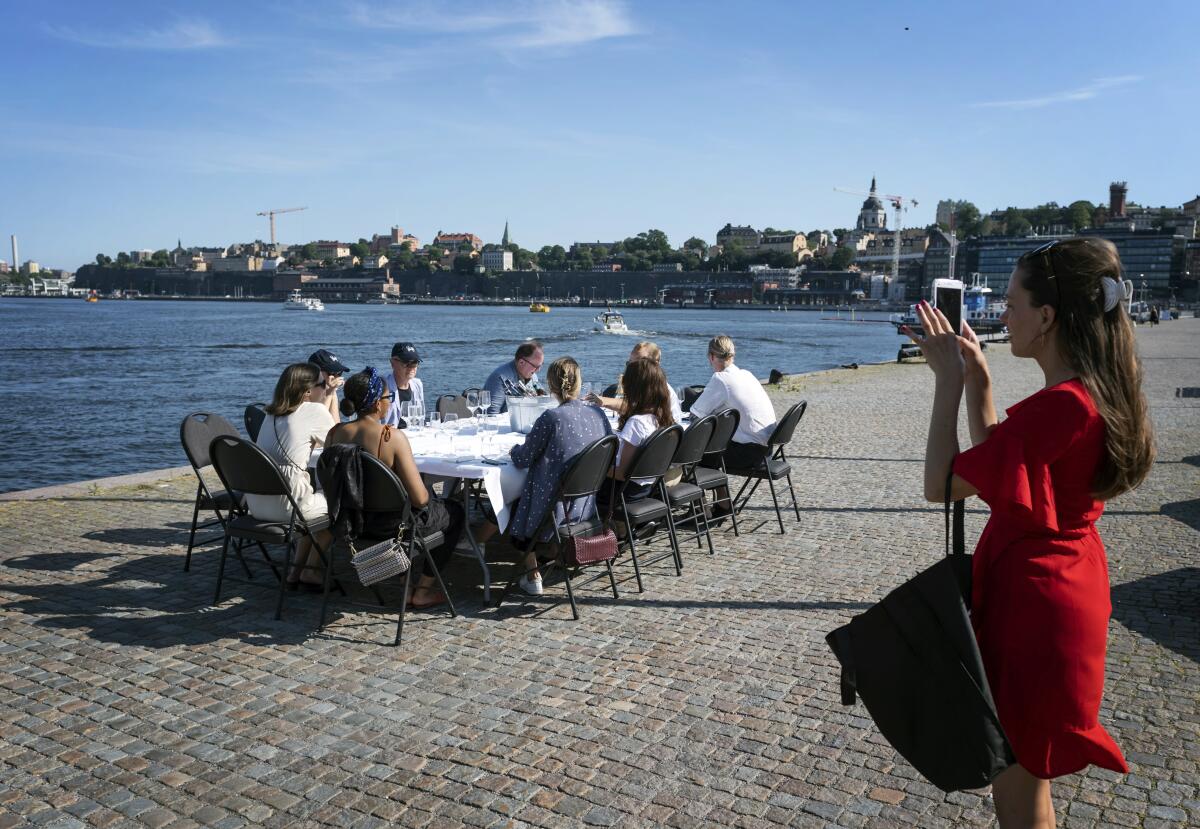
STOCKHOLM — A train pulls into the Odenplan subway station in central Stockholm, where morning commuters without masks get off or board before settling in to read their smartphones.
Whether on trains or trams, in supermarkets or shopping malls — places where face masks are commonly worn in much of the world — Swedes go about their lives without them.
When most of Europe locked down their populations early in the COVID-19 pandemic by closing schools, restaurants, gyms and even borders, Swedes kept enjoying many freedoms. The government’s relatively low-key approach to imposing restrictions captured the world’s attention, but it also coincided with a per capita death rate that was much higher other Nordic countries’.
Now, as coronavirus infection numbers surge again in much of Europe, Sweden — a country of 10 million people — has some of the lowest numbers of new cases and only 14 COVID-19 patients in intensive care.
Whether this is due to the Swedish government’s strategy, however, is still uncertain.
Its health authorities — and, in particular, its chief epidemiologist, Dr. Anders Tegnell — keep repeating a familiar warning: It’s too early to tell, and all countries are in a different phase of the pandemic.
Deaths from COVID-19 in the U.S. reach 200,000 as authorities across the country continue to struggle to curb its spread.
That has not stopped a World Health Organization official from saying the continent could learn broader lessons from Sweden that could help the battle against the coronavirus elsewhere.
“We must recognize that Sweden, at the moment, has avoided the increase that has been seen in some of the other countries in Western Europe,” Catherine Smallwood, the WHO’s senior emergency officer for Europe, said. “I think there are lessons for that. We will be very keen on working and hearing more from the Swedish approach.”
According to the European Center for Disease Control, Sweden has reported 30.3 new COVID-19 cases per 100,000 inhabitants in the last 14 days, compared with 292.2 in Spain, 172.1 in France, 61.8 in the U.K. and 69.2 in Denmark, all of which imposed strict lockdowns early in the pandemic.
Overall, Sweden has 88,237 reported infections and 5,864 fatalities from the virus, or 57.5 deaths per 100,000 inhabitants, since the beginning of the crisis.
The way Sweden’s strategy was viewed outside the country seems to depend largely on what stage of the pandemic the observer was experiencing at the time. Initially, many abroad were incredulous at images of Swedes dining with friends in restaurants or sipping cocktails on the Stockholm waterfront. Some were envious that Swedish businesses were not forced to close.
Then came shock as the coronavirus ripped through the country’s nursing homes and hospices.
By mid-April, more than 100 deaths were reported each day in Sweden, while mortality rates were falling elsewhere in Europe.
In new guidance, the Centers for Disease Control and Prevention says the coronavirus spreads mainly through respiratory aerosols, small particles that apparently can remain suspended in the air and inhaled.
Today, as fears of a second wave grow across Europe, it’s fashionable in some quarters to praise Sweden, with reporters from France, Britain and elsewhere traveling to Stockholm to ask about its success.
But a Swedish government commission investigating the handling of the pandemic will have hard questions to answer: Did authorities wait too long to limit access to nursing homes, where about half of the COVID-19 deaths occurred? Were they too slow to provide personal protective equipment to staff in those homes when shortcomings in the elder-care sector had long been known? Why did it take so long to set up wide-scale testing?
Tegnell also refuses to rule out a second wave of coronavirus infections in Sweden. A particular concern is the return of students to high schools for the first time since March.
“We need to be very careful and find the first sign that something is going on so that we can do as much as possible to prevent it from escalating,” he told the Associated Press.
Localized outbreaks are expected, but rather than fight them with nationwide rules, officials plan to use targeted actions based on testing, contact tracing and isolating patients rapidly.
The low numbers of COVID-19 cases in Orange County’s Little Saigon are tied to cultural habits and consistent behavior.
“It’s very important that we have quick and local response to hit down the virus without making restrictions for the whole country,” Health Minister Lena Hallengren said last week.
From the beginning, health officials argued that Sweden was pursuing a sustainable approach toward the coronavirus that the population could adopt — for years, if necessary. “This is a marathon, not a sprint” became a slogan repeated by ministers at every opportunity, given that neither a vaccine nor a cure yet exist.
While the rest of the world watched with envy at the freedoms that Swedes enjoyed amid lockdowns elsewhere, there were not as many as people have assumed. Gatherings were capped at 50, and congregating at bars was banned.
Most of the changes involved voluntary actions by residents, rather than rules imposed by the government.
The trust in the population to exercise personal responsibility put Sweden at odds with countries that used coercive measures such as fines to force compliance with lockdown restrictions.
This is often attributed to a Swedish model of governance, where large public authorities composed of experts develop and recommend measures that smaller ministries are expected to follow. In other words, the people trust the experts and scientists to develop reasonable policies, and the government trusts the people to follow the guidelines.
Swedes were asked to work from home when possible and maintain social distance, and most willingly complied. While people now ride public transportation without masks, there are also far fewer people commuting than before.
U.S. trade bans are spurring labor reforms in Malaysia, which produces two-thirds of the world’s disposable gloves.
Unlike most European countries that have mandated wearing masks in public spaces, Sweden does not recommend their broad use, and people largely follow that recommendation.
Health officials say face masks used outside healthcare facilities by untrained personnel can provide a false sense of safety that could see sick people leave home and ignore social distancing. Instead, they believe simple but non-negotiable guidelines provide clear rules that can stay in place for long periods of time: staying home when showing symptoms of COVID-19, maintaining good hand-washing hygiene and keeping social distance.
In a country the size of California but with only a quarter of the state’s population of 41 million, and with low levels of transmission, most Swedes believe that wearing masks makes little sense.
Carol Rosengard, 61, who runs a center for disabled youth, has seen people wear masks improperly or take them off to smoke a cigarette or drink water.
“That’s not how they should be handled,” Rosengard said, explaining her support for not imposing face mask rules on the population.
That view is echoed by Hallengren, the health minister, who doesn’t totally dismiss the effectiveness of masks and sees their usefulness in cases of severe local outbreaks. At the same time, she rejects blanket rules for the entire country.
“People will not wear masks for years,” she said.
More to Read
Sign up for Essential California
The most important California stories and recommendations in your inbox every morning.
You may occasionally receive promotional content from the Los Angeles Times.
